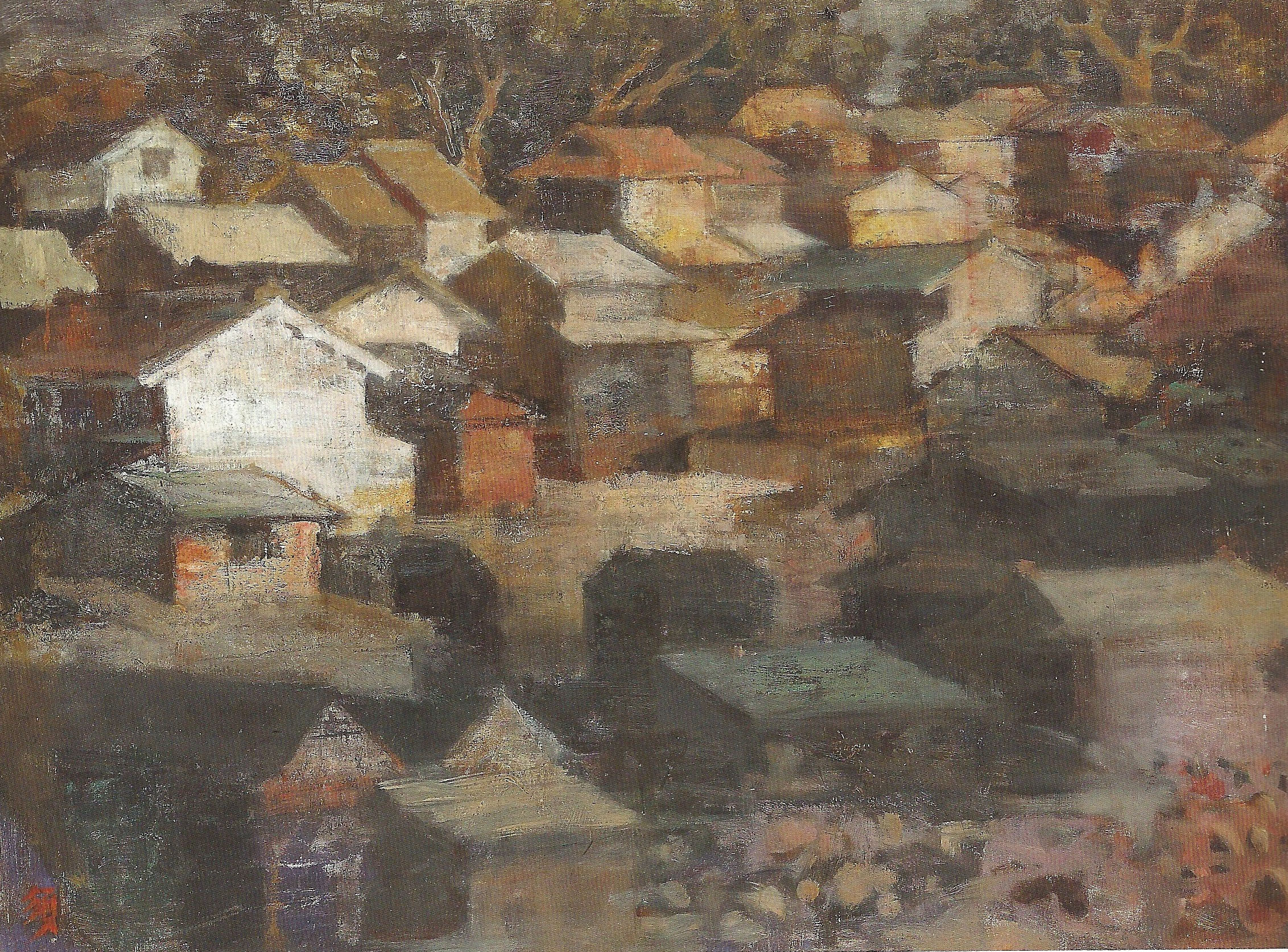The fusion of East and West is a major theme in 20th-century art, even though, in important ways, the two don't mix. What seems at one point to be their ostensible unification, appears in another as discordant. Such inconsonance lurks in the background at the retrospective of Kunitaro Suda's work at the Kyoto Municipal Museum of Art.
While Suda (1841-1961) is usually posited as having developed an Eastern style of oil painting, it is difficult to overlook the familiar story of how the materials he used may have been Western oil paints and canvas, though his subjects were Japanese. The result is a composite of Western modus operandi and a somewhat peripheral theme of "local color."
Suda was acutely aware that the introduction of oil painting to Japan toward the end of the Edo Period (1603-1867) was in many ways a repetition of the trends in the West. His 1947 text "Wither Our Oil Painting" condemned this, making the argument for the development of the medium in response to the necessities and specifics of Japanese art.


















With your current subscription plan you can comment on stories. However, before writing your first comment, please create a display name in the Profile section of your subscriber account page.